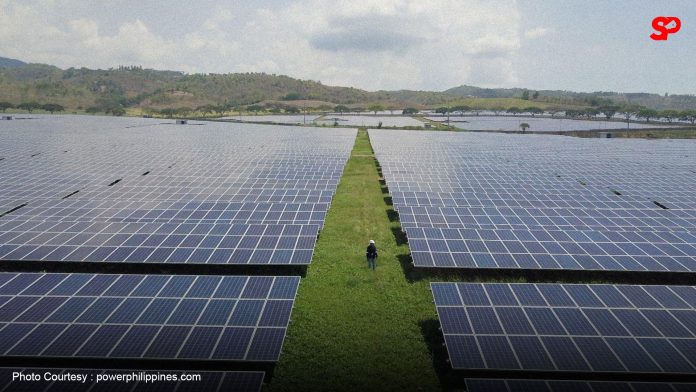By Daniel Que
A new solar power plant is set to be established in Barangay Tombod of Villasis town, in Pangasinan following a resolution passed by the Sangguniang Panlalawigan on October 21, 2024. The resolution grants no objection to the installation, operation, and maintenance of the YH Pangasinan Solar Power Plant, proposed by YHP3 Energy Inc. and YH Green Energy Inc.
The Provincial Board’s decision comes after a presentation by a company executive on October 14, who outlined the project’s objectives, emphasizing its contribution to advancing the region’s renewable energy program. The project has already received backing from the Sangguniang Barangay of Tombod and a municipal ordinance of Villasis that reclassified 71, 531 square meters of agricultural land into industrial use for the power plant site.
The Department of Energy has also granted the project a Solar Energy Operating Contract, further solidifying its approval.
The resolution, jointly authored by Fifth District Board Members Rosary Gracia Perez-Tababa and Nicholi Jan Louie Sison, underscores the importance of alternative energy sources and highlights the socio-economic and environmental benefits the project could bring to Pangasinan.
Vice Governor Mark Lambino noted that this project is part of a broader push for renewable energy in the province. He revealed that approximately seven other companies have received similar resolutions of no objection for solar power initiatives in municipalities like Sual, Bugallon, Mangatarem, Aguilar, and Sta. Barbara. Over 1, 000 hectares of land, particularly in the second congressional district of Pangasinan, have already been designated for solar power plant development.
Pangasinan’s strong solar irradiation has been recognized as highly favorable for solar energy projects. “Generally, maganda talaga ang init o sikat ng araw sa Pangasinan. Produkto talaga natin dito ay yung init,” Lambino said, pointing to local and international studies that confirm the province’s ideal conditions for solar energy production.
The development of solar power in Pangasinan is seen as a step towards reducing reliance on fossil fuels and enhancing the province’s energy self-sufficiency while promoting environmental sustainability.
This move aligns with the national government’s efforts to increase the share of renewable energy in the country’s energy mix as the Philippines strives to meet its climate goals. The Department of Energy has set a target to increase renewable energy’s share in the power generation mix to 35% by 2030, further highlighting the importance of projects like these across the country.

